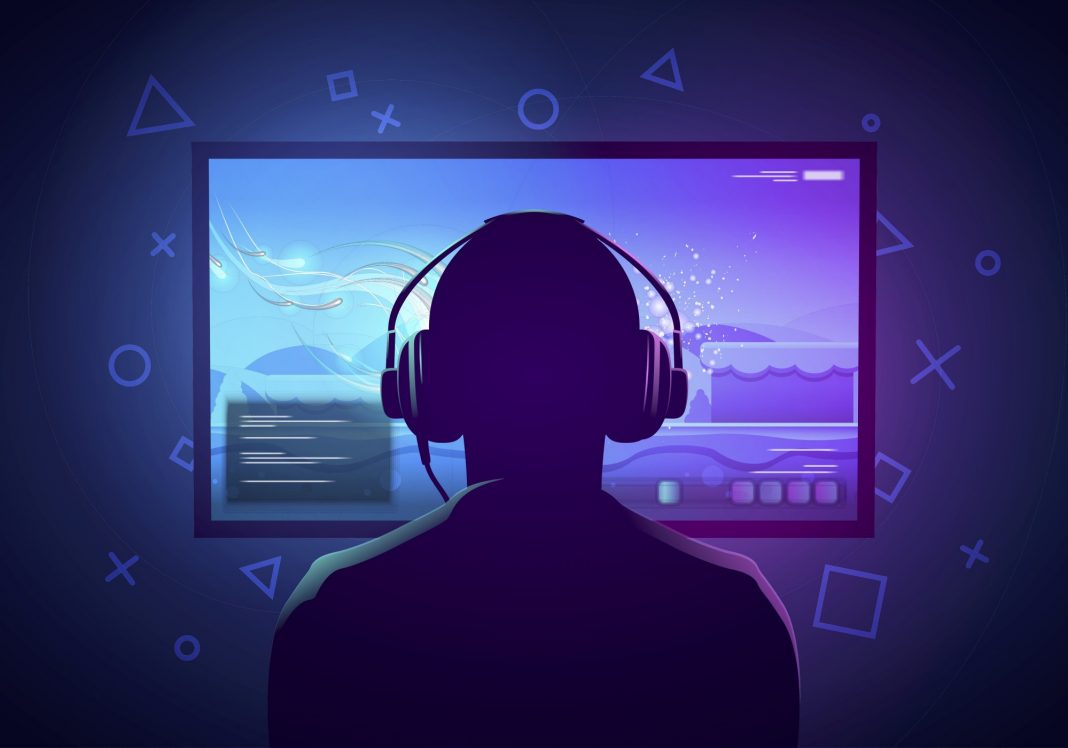 Teenagers need to be switching screen time for physical activity, for the sake of their health and mental wellbeing.
Teenagers need to be switching screen time for physical activity, for the sake of their health and mental wellbeing.
This is according to researchers from the University of Queensland.
Researchers have linked harmful effects on adolescents’ mental health to screen time exceeding two hours a day for girls and four hours a day for boys.
UQ School of Health and Rehabilitation Sciences research Associate Professor Asad Khan says the global study investigated data from more than 577,000 adolescents aged 13 to 15 years across 42 high-income countries.
“We found there were some benefits during the first hour of daily screen use, but detrimental effects of recreational screen use on mental wellbeing kicks in after 75 minutes in girls and 105 minutes in boys,” says Dr Khan.
“Excess screen time effects can include depression, obesity, poor quality of life, unhealthy diet and decreased physical and cognitive abilities.
“Whereas regular physical activity with reduced screen time showed a gradual beneficial effect on mental wellbeing across genders.
“One hour of physical activity and no more than two hours of screen time a day provided optimal mental wellbeing.”
Screen time recommendations
Current recommendations in Australia of limiting electronic use to a maximum of two hours a day and physical activity of at least an hour a day for both boys and girls.
The screen time limits and guidelines refer to screen time for entertainment purposes and does not incorporate screen time in schools for education purposes.
“More opportunities for families, communities and schools need to be created to encourage adolescents to alternate screen time with physical and outdoor activities, which also provides additional benefits such as social connections and skills,” says Dr Khan.
This study is published in The Lancet Child & Adolescent Health.







